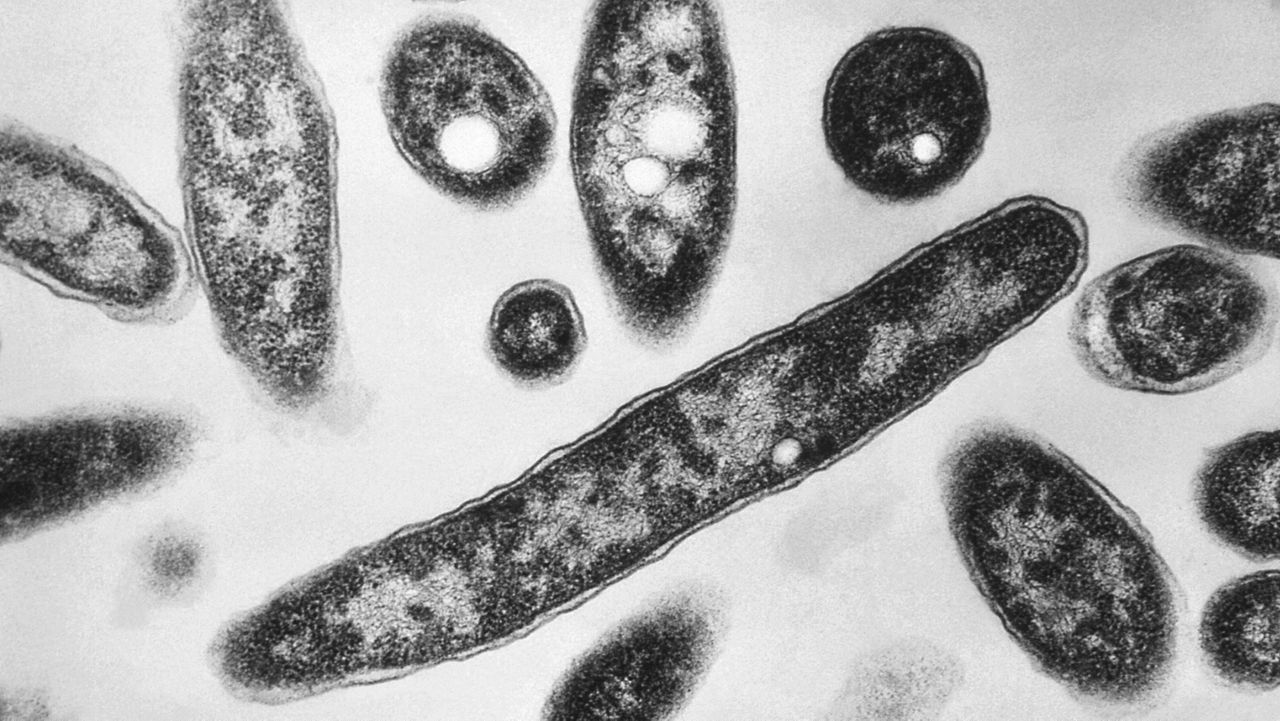RIVERSIDE, Calif. (CNS) — Nearly two dozen cases of Legionnaires’ disease identified in the Coachella Valley, going back almost six months, prompted Riverside County health officials Friday to advise anyone feeling symptoms to seek medical attention.
“This is a continuing investigation,” county Department of Public Health Officer Dr. Geoffrey Leung said. “The department recommends that individuals who live in the identified areas who become ill with pneumonia-like, respiratory symptoms, such as fever, chills, cough, shortness of breath, muscle aches, and headache, visit their health care provider.”
According to the department, 20 cases of Legionnaires’ disease have been confirmed since last fall, resulting in two deaths connected to the illness, though one of those fatalities involved a visitor to the county. Officials said the infected patients were residents of Palm Desert, Palm Springs and neighboring communities.
None of the parties were identified.
The California Department of Public Health is collaborating with the county in seeking to identify potential sources.
Prior to the recent instances, there were no diagnosed cases of Legionnaires’ disease within the county over the last few years, according to the Department of Public Health website.
The legionella bacterium is commonly spread through aerosolized water droplets or mists, including via showers, hot tubs and air-conditioning units. It’s not known to be transmitted person-to-person.
Those most susceptible to suffering life-threatening impacts are smokers, seniors and anyone who is immuno-depressed, according to officials.
The respiratory disease, and its milder variant Pontiac fever, typically develops over a two-day to 10-day period and initially begins with headaches, muscle aches and fever of 104 degrees or higher. Additional symptoms that surface can include shortness of breath, coughing with mucus production, chest pain, gastrointestinal dysfunction, including nausea and diarrhea, and even inability to think clearly, according to the U.S. Centers for Disease Control and Prevention, Mayo Clinic and other sources.
Antibiotics are usually prescribed for those suffering complications.
The disease was first identified in 1976, following an outbreak among attendees of an American Legion convention in Philadelphia.



